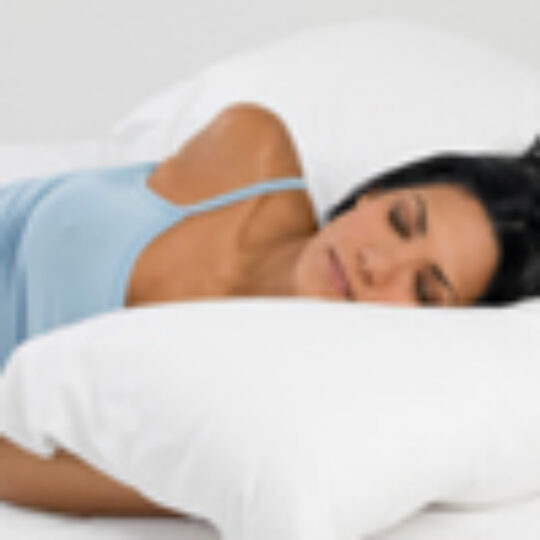Mattress Basics —Choosing the Right One for You

Plan Ahead and You'll Rest Easy
The type of mattress you sleep on plays a key role in the health of your spine. But one style does not fit all when it comes to mattresses. Your body weight, shape and personal preference determine whether an innerspring or a foam mattress will be most comfortable for you. Whatever your choice, your mattress should be in optimal condition. If not, you won't regret investing in a new one.
Clues that you may need a new mattress include:
- morning pain or stiffness
- restless sleep
- sleeping better when you're away from home
- visible mattress sagging or lumpiness
Here are tips for settling on the right mattress:
1. Spend at least 15 minutes on a mattress you want to buy. Lie on your sides, your back and your stomach (if you sleep prone), to make sure the mattress is right for you. It will be a wise investment of time, and your back will thank you for it!
2. Weigh the benefits of foam versus innerspring. Innerspring mattresses support you with coils that exert an equal force opposing the weight placed on them, creating pressure points on the back of the skull, tailbone, shoulder blades and heels. Foam mattresses contour to the entire body, but can make it more difficult to turn and get out of bed.
A spring mattress can create pressure points at the back of the head, the shoulder blades, the tailbone and the heels, and does not support the curves of the spine at your neck or lower back.
3. Consider your body type. If your hips are wider than your waist, a softer mattress can accommodate the width of your pelvis and allow your spine to remain neutral. If your hips and waist are in a relatively straight line, a more rigid surface offers better support.
Sleeping on a rigid surface (top) versus a softer surface (bottom) affects the position of your pelvis and lower spine.
4. Make sure there are enough coils. If you go with an innerspring mattresses, more coils mean more support and firmness. The thicker the coil, the firmer the mattress, with heavy-gauge coils providing the most support. There are no magic numbers for coils, but steer clear of mattresses with few of them. They'll quickly become lumpy.
5. Spring for a good foundation. The box spring creates a softer mattress and significantly increases mattress life by absorbing nightly wear and tear. It also helps maintain mattress shape. Consumer Reports estimates that a new mattress lasts 10 years on a new box spring, but just three to four years on an old box spring.
6. Don't waste money on expensive upholstery. Fabric layers provide insulation and cushioning between your body and the mattress springs. Wool or silk padding over a foam or cotton mattress may feel luxurious. But these layers are easily compressed and can make your mattress feel as though it is sagging long before the springs give out. Foam mattress toppers are inexpensive alternatives that can be changed easily when the foam wears out.
By Marleen Caldwell, PT, MS, Cred MDT
Ms. Caldwell is a physical therapist specializing in spine wellness in the Cleveland Clinic Center for Spine Health.
For more information on sleeping problems, download our free Sleep Treatment Guide.
